Irix 11mm f/4 Review

Introduction
The Irix 11mm f/4.0 is a manual-focus ultra-wide-angle prime lens for 35mm full-frame DSLR cameras (Canon EF, Nikon F and Pentax K mounts). It features 16 lens elements in 10 groups, an aperture range of f/4-f/22 and a 9-bladed circular diaphragm for smoother bokeh blur in out of focus areas. The Irix 11mm f/4.0 comes in two versions, Firefly and Blackstone, with the latter offering a more durable aluminum/magnesium alloy body and engraved fluorescent markings. The Irix 11mm f/4.0 Firefly costs around £549 / $575, and the Irix 11mm f/4.0 Blackstone costs around £749 / $775.
Ease of Use
The Irix 11mm f/4 is a manual-focus ultra-wide-angle prime lens for 35mm full-frame DSLR cameras (Canon EF, Nikon F and Pentax K mounts). It features 16 lens elements in 10 groups, an aperture range of f/4-f/22 and a 9-bladed circular diaphragm for smoother bokeh blur in out of focus areas. The The Irix 11mm f/4 comes in two versions, Firefyl and Blackstone, with the latter offering a more durable aluminum/magnesium alloy body and engraved fluorescent markings. The Irix 11mm f/4 Firefly costs arround £549 / $575, and the Irix 11mm f/4 Blackstone costs around £749 / $775.
Ease of Use
With a maximum diameter of 103mm and a length of 118mm, the Irix 11mm f/4 is an ultra-wide-angle fixed focal length optic that's well-suited to full-frame DSLRs like the Canon EOS 5DS R that we reviewed it with. Weighing in at 785g it's pretty heavy, making this lens better suited to life on a tripod than to being used hand-held. It is also compatible with APS-C cameras, where it will produce a 16.5mm equivalent focal length.
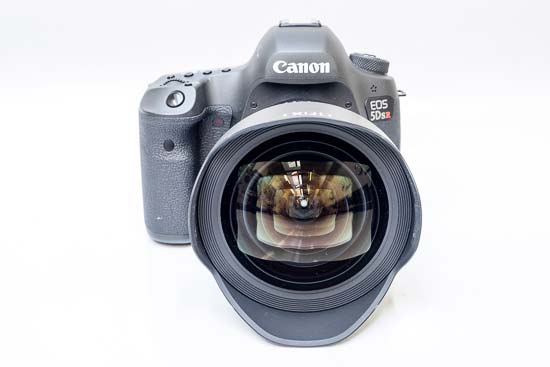 The Irix 11mm f/4 lens mounted on a Canon EOS 5DS R
The Irix 11mm f/4 lens mounted on a Canon EOS 5DS R
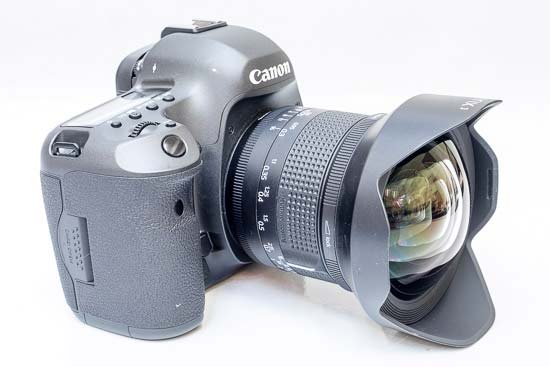 The Irix 11mm f/4 lens mounted on a Canon EOS 5DS R
The Irix 11mm f/4 lens mounted on a Canon EOS 5DS R
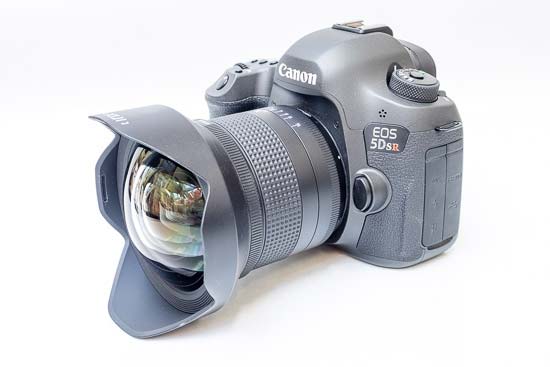 The Irix 11mm f/4 lens mounted on a Canon EOS 5DS R
The Irix 11mm f/4 lens mounted on a Canon EOS 5DS R
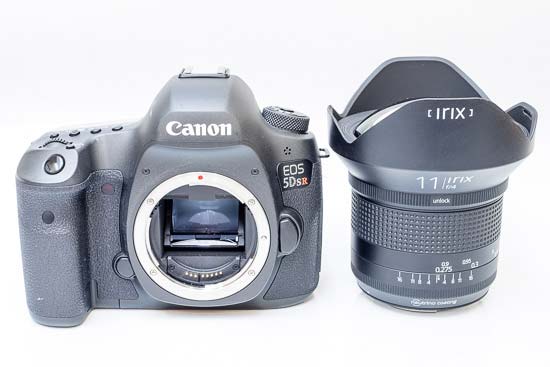 The Irix 11mm f/4 lens alongside a Canon EOS 5DS R
The Irix 11mm f/4 lens alongside a Canon EOS 5DS R
Two different versions of the Irix 11mm f/4 lens are available, differing in their build quality. The standard Firefly version that we reviewed is made of lightweight composite plastics, covered in an anti-slip rubber coating with printed markings. The more expensive Blackstone version has a aluminum/magnesium alloy body for extra durability, plus engraved fluorescent markings which reflect UV light, making it easier to use in the dark. Note that the Blackstone version is slightly heavier.
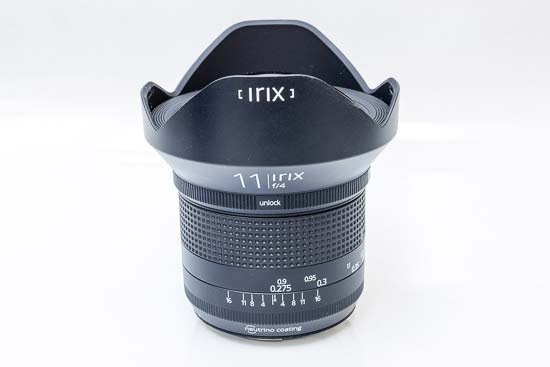 The side of the Irix 11mm f/4 lens
The side of the Irix 11mm f/4 lens
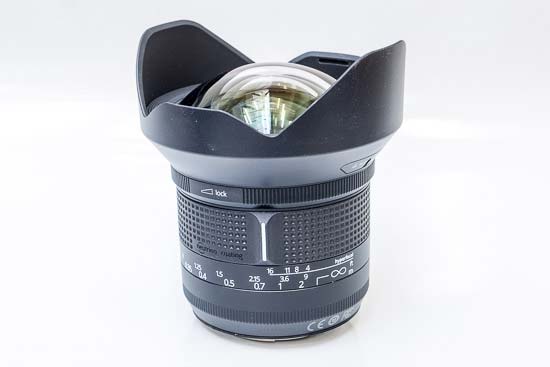 The side of the Irix 11mm f/4 lens
The side of the Irix 11mm f/4 lens
The Irix 11mm f/4 has 16 lens elements in 10 groups, including 4 high refractive lenses, 2 ED lenses and 3 aspherical lenses, and a 9-bladed rounded diaphragm helps to provide smooth bokeh blur.
With no need for a zoom ring, the manual focusing ring spans a significant width of the lens barrel and is exceptionally smooth to operate, complete with a useful hyperfocal scale and a handy infinity click-stop feature.
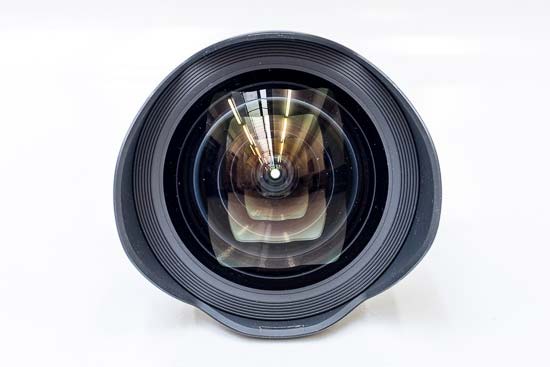 The front of the Irix 11mm f/4 lens
The front of the Irix 11mm f/4 lens
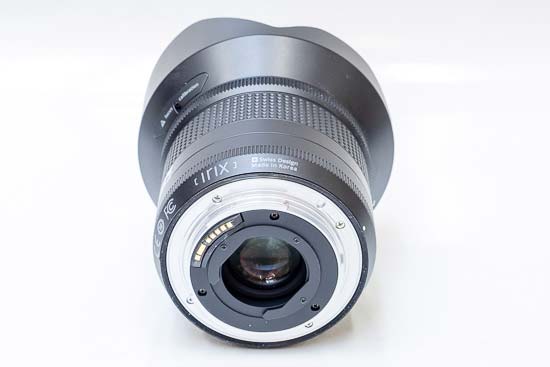 The rear of the Irix 11mm f/4 lens
The rear of the Irix 11mm f/4 lens
The Irix 11mm f/4 lens has a a convenient focus lock mechanism, activated by a slim ring that sits between the end of the lens and the focusing ring, although we did find it stiff to operate.
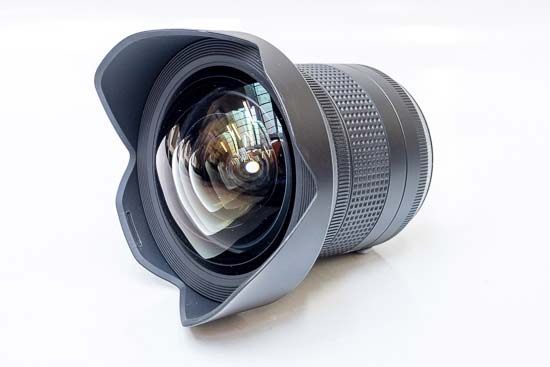 The side of the Irix 11mm f/4 lens
The side of the Irix 11mm f/4 lens
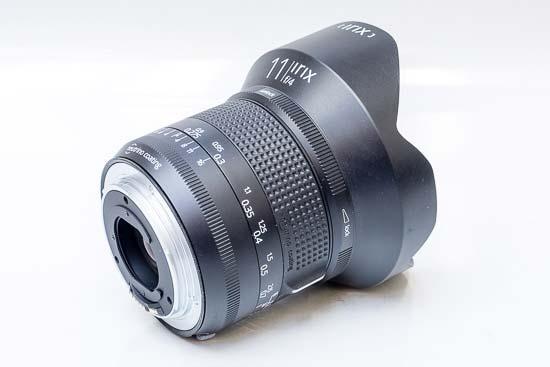 The side of the Irix 11mm f/4 lens
The side of the Irix 11mm f/4 lens
There’s no optical image stabilisation, but the lens’ very short focal length and fairly fast maximum aperture mostly alleviate the need for it. A non-removable metal petal-shaped lens hood is fitted, which means that you can't use a front filter system with this lens. Instead there's a rear gelatin filter slot.
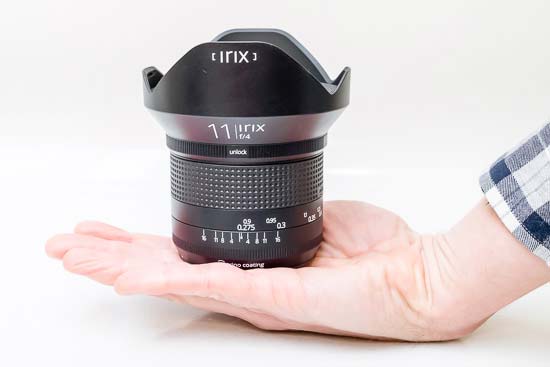 The Irix 11mm f/4 lens in-hand
The Irix 11mm f/4 lens in-hand
Both versions of the Irix 11mm f/4 have the same level of weather-sealling against dust and moisture, with two seals around the focus ring and one on the bayonet mount.
The Firefly version of the Irix 11mm f/4 includes a soft lens pouch, while the Blackstone version ships with a hard lens case. Both versions include an extra rear lens cap.
Focal Range
The 11mm focal length gives an angle of view of 126 degrees on a 35mm full frame sensor.
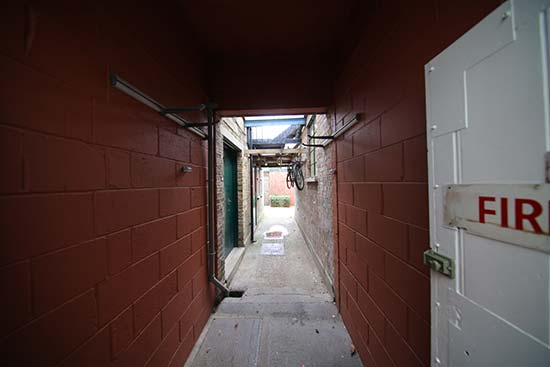 Field of view at 11mm
Field of view at 11mm
Chromatic Aberrations
Chromatic aberration (purple fringing) is something of an issue with the Irix 11mm f/4 lens, appearing as very obvious purple or green fringing in quite a lot of our test shots, as shown in the example 100% crops below.
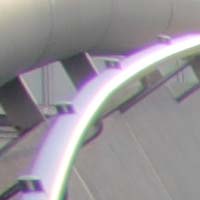 |
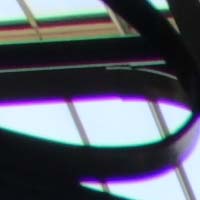 |
 |
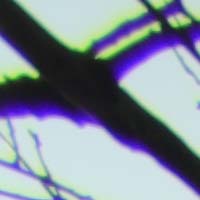 |
Light Fall-off and Distortion
Light fall-off is noticeable wide open at f/4, though this is to be expected for such a wide-angle lens and can easily be corrected in Photoshop. Stop down to f/8 and the vignetting is already less prominent, but it is still visible when shooting pale scenes that fill the frame. Barrel distortion is quoted by Irix as being a minimal 3.13%.
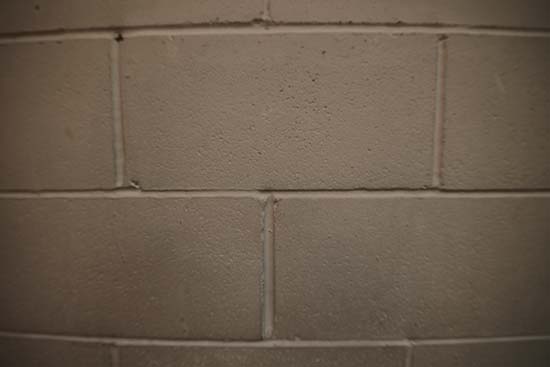 Light fall-off at 11mm
Light fall-off at 11mm
Macro
A 28cm / 0.92ft minimum focus distance makes the lens useful for shooting reasonably close subjects. This image is uncropped and shows how close you can get to a Compact Flash card.
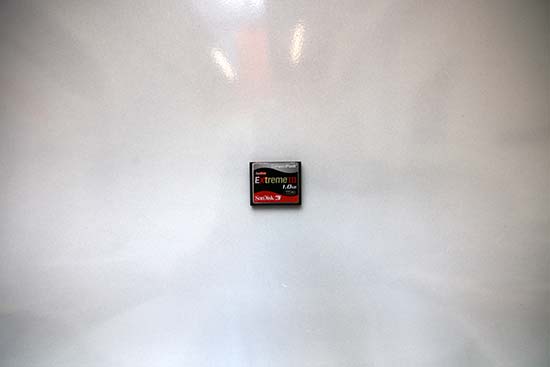 Close-up performance
Close-up performance
Sharpness
In order to show you how sharp this lens is, we are providing 100% crops on the following page.
